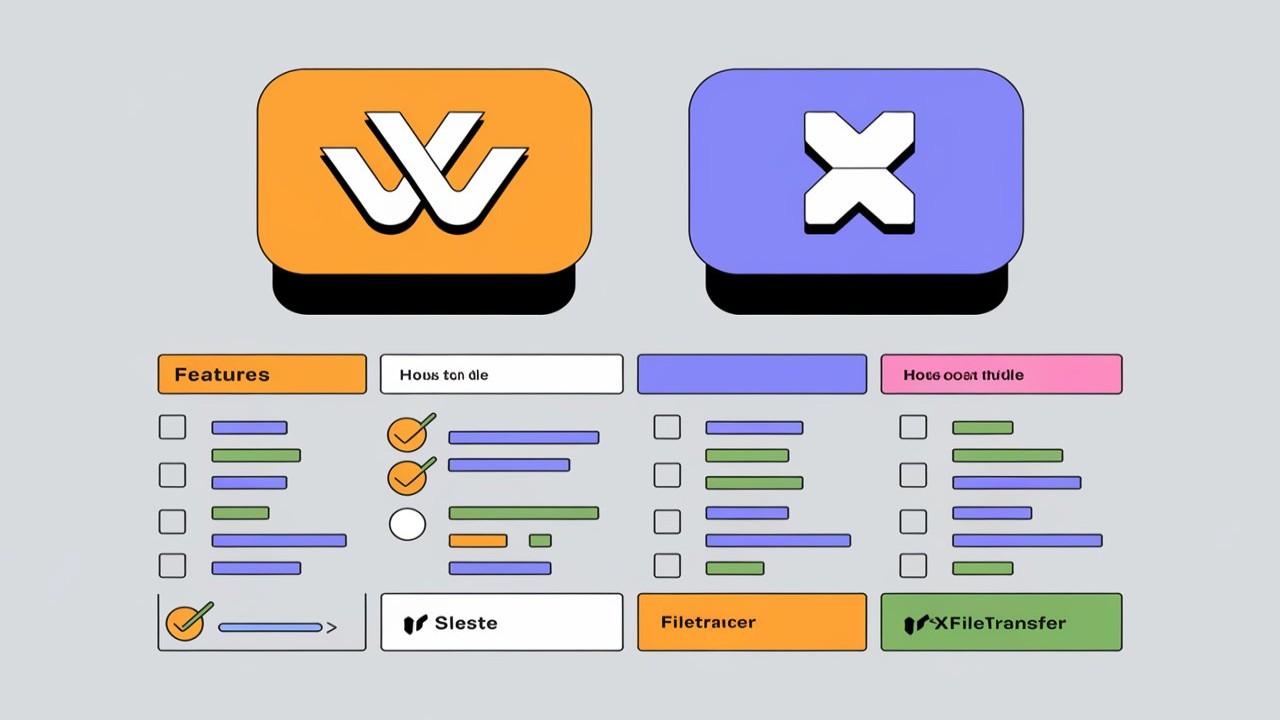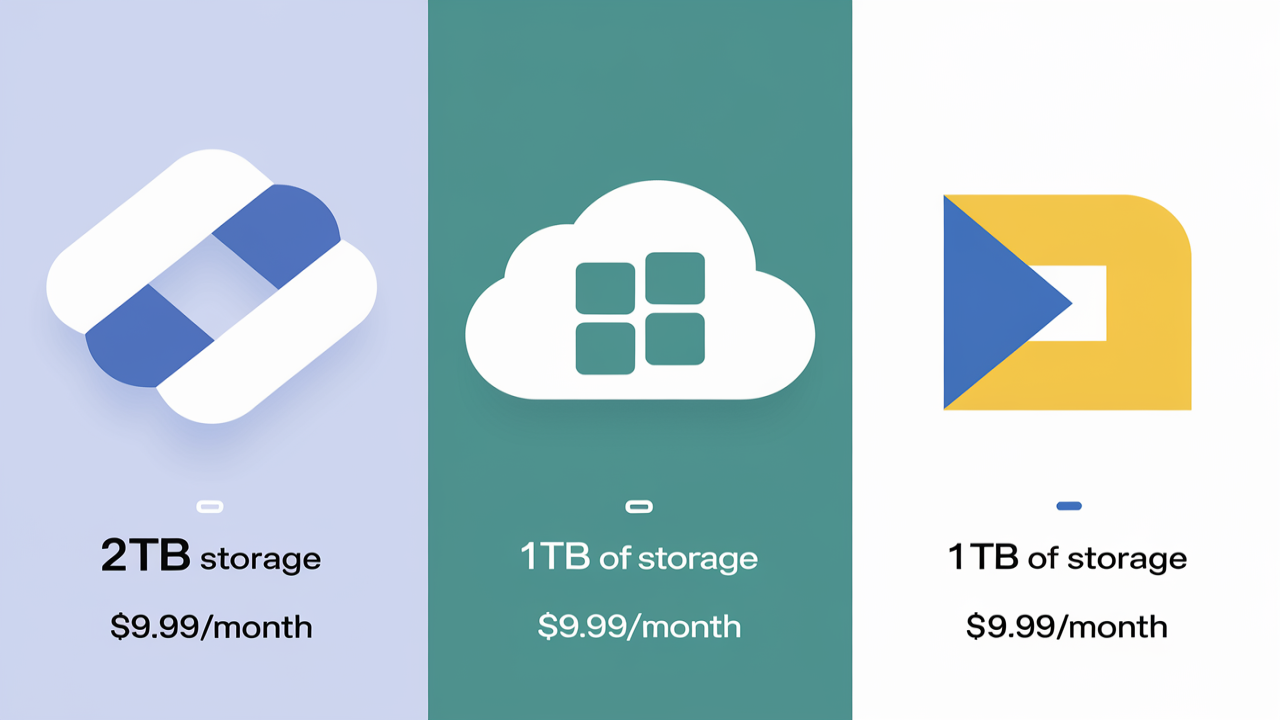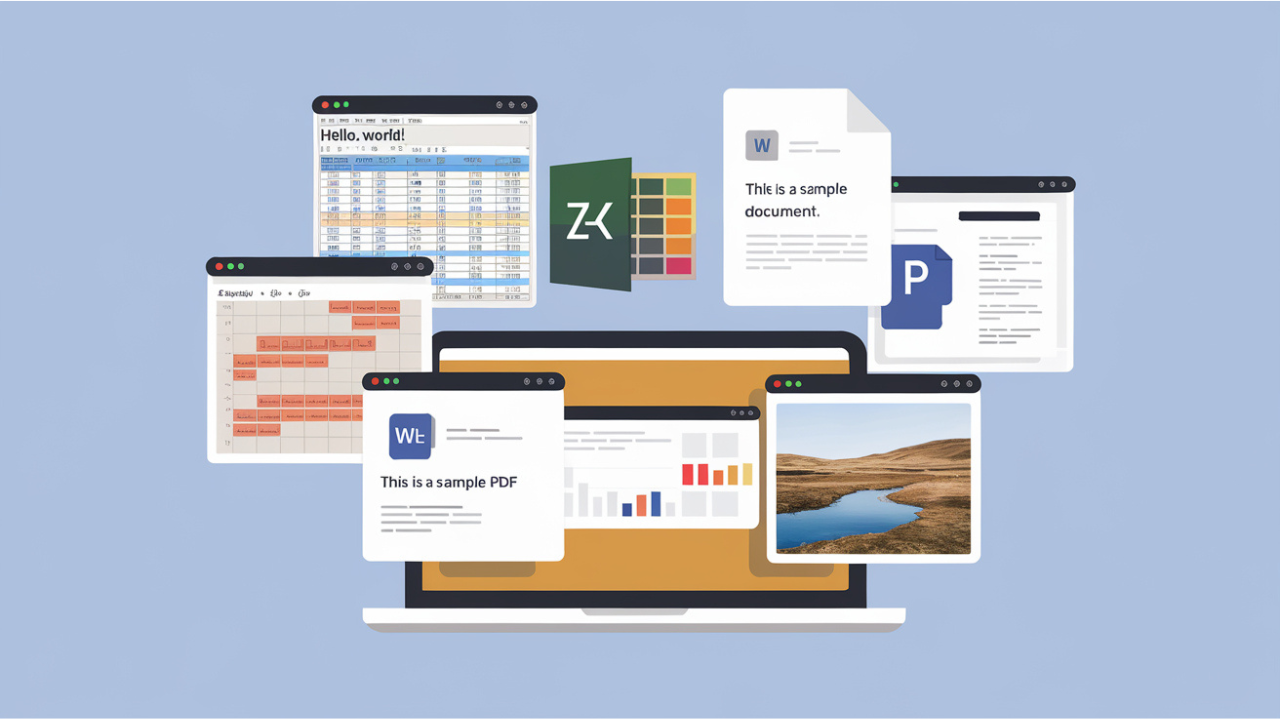Peer-to-Peer File Sharing: How It Works
Peer-to-peer (P2P) file sharing has revolutionized how we access and distribute content online. By removing intermediaries and allowing direct connections between users, it has made the sharing of digital files more efficient and decentralized. In this article, we’ll take an in-depth look into how P2P file sharing works, its core mechanisms, and its implications for the digital world.
What is Peer-to-Peer File Sharing?
Peer-to-peer file sharing is a method of distributing and sharing files directly between computers over a network, without needing a central server. Unlike traditional file-sharing methods, where a single server hosts files that users download, P2P file sharing allows users to connect directly to other users' devices to share resources.
This decentralized model relies on participants in the network (known as "peers") to act as both suppliers and consumers of data. Instead of downloading a file from one source, users download pieces of the file from multiple peers. This process enhances download speed, reduces reliance on a single server, and distributes bandwidth across the network.
How Does Peer-to-Peer File Sharing Work?
The mechanics behind P2P file sharing are complex but efficient. Here’s how it operates:
1. Network Structure
P2P file-sharing networks are organized in a decentralized manner. Each peer in the network can both request and provide files. When you initiate a file download, your device doesn’t connect to a single server but instead communicates with multiple peers to retrieve file pieces.
There are different types of P2P networks, but the two most common are:
- Pure P2P Networks: In this type, all peers are equal, and there’s no central authority or server. The network remains completely decentralized.
- Hybrid P2P Networks: These networks utilize a central server that helps connect peers but does not host files. The central server acts as an index or directory, pointing users to peers that have the file they need.
2. File Segmentation and Distribution
One of the core features of P2P file sharing is the segmentation of files. Large files are broken into smaller chunks (or pieces) before they are distributed. Each peer in the network can download a different segment of the file and upload the pieces they already have to others.
For example, if you are downloading a movie file, one peer may send you the first 10% of the file, another peer sends you the middle sections, and yet another peer supplies the final segments. Once you have all the pieces, your software reassembles the file into its complete form.
This method of distributing chunks among multiple peers allows for faster download speeds, as your connection is not bottlenecked by one source.
3. Peer Discovery and Connection
To facilitate sharing, peers need to discover each other. This is typically done through a peer discovery process, where the P2P software or application searches for other devices connected to the network that have the file you’re requesting.
- Tracker-Based Discovery: Some networks use a "tracker," a server that keeps track of which peers have which files. When a user requests a file, the tracker provides a list of peers that can supply the file or its segments.
- Trackerless Networks: More modern networks use Distributed Hash Tables (DHTs) for peer discovery, which removes the need for a centralized tracker. Instead, peers share information about available files directly with each other.
4. File Sharing and Uploading
Once a peer discovers others that have the file or its segments, the uploading and downloading process begins. As a peer downloads segments, they also upload segments to other peers. This means every peer is simultaneously downloading and uploading file data, contributing to the network’s overall bandwidth.
The more peers sharing a file, the faster the download for everyone involved. This is one of the key benefits of P2P file sharing: it scales efficiently with increased user participation.
5. Seeding and Leeching
In P2P terminology, two critical roles are played by participants:
- Seeders: These are peers who have a complete copy of the file and are sharing it with others.
- Leechers: These are peers who are still in the process of downloading the file and may or may not contribute to the network by uploading segments.
For a P2P network to be effective, a healthy balance of seeders and leechers is necessary. More seeders mean faster downloads for everyone, as there are more sources for file segments.
Popular Peer-to-Peer File Sharing Protocols
Several P2P protocols have been developed over the years, each with its unique features. Some of the most prominent ones include:
1. BitTorrent
BitTorrent is the most widely used P2P file-sharing protocol. It utilizes swarm technology, where a file is split into small chunks, and peers download different chunks from multiple sources simultaneously. BitTorrent clients, like uTorrent and qBittorrent, use a tracker to locate peers that have the file.
BitTorrent is known for its efficiency and scalability, making it popular for sharing large files like movies, software, and games.
2. Gnutella
Gnutella is another well-known P2P protocol that operates without a central tracker. It uses a decentralized network where peers connect directly to each other. Each peer can query the network for specific files and download them from multiple peers simultaneously.
3. eDonkey and eMule
eDonkey and eMule are P2P networks that focus on large-scale file distribution. eDonkey uses a hybrid system, with some central servers helping to index files, while eMule is an open-source client that connects to the eDonkey network. These protocols were especially popular for sharing music and video files in the early 2000s.
4. Freenet
Freenet is a privacy-centric P2P network that emphasizes anonymity. It operates over a decentralized network and encrypts data to protect users' privacy, making it popular for those concerned about surveillance or censorship.
Legal and Ethical Considerations in P2P File Sharing
While P2P file sharing offers many advantages in terms of speed and efficiency, it also raises significant legal and ethical concerns. Many files shared on P2P networks are copyrighted materials like movies, music, and software, making their distribution without permission illegal in many jurisdictions.
The ease of file sharing on P2P networks has led to widespread piracy, causing substantial financial losses for content creators and industries. Users should always ensure that they have the right to share the content they are uploading or downloading.
In addition to piracy concerns, P2P networks can expose users to security risks, such as malware or viruses embedded in files. Careful vetting of downloaded files and using trusted sources or antivirus software can help mitigate these risks.
Future of Peer-to-Peer File Sharing
The future of P2P file sharing looks promising with advancements in blockchain technology and decentralized networks. Projects like IPFS (InterPlanetary File System) aim to create more resilient, faster, and secure methods for file sharing by leveraging decentralized infrastructure similar to P2P networks. This could enhance privacy, speed, and reliability for users across the globe.
As the internet continues to evolve, P2P file sharing will likely remain a key player in content distribution, especially as decentralized systems gain more traction.






Comments (0)